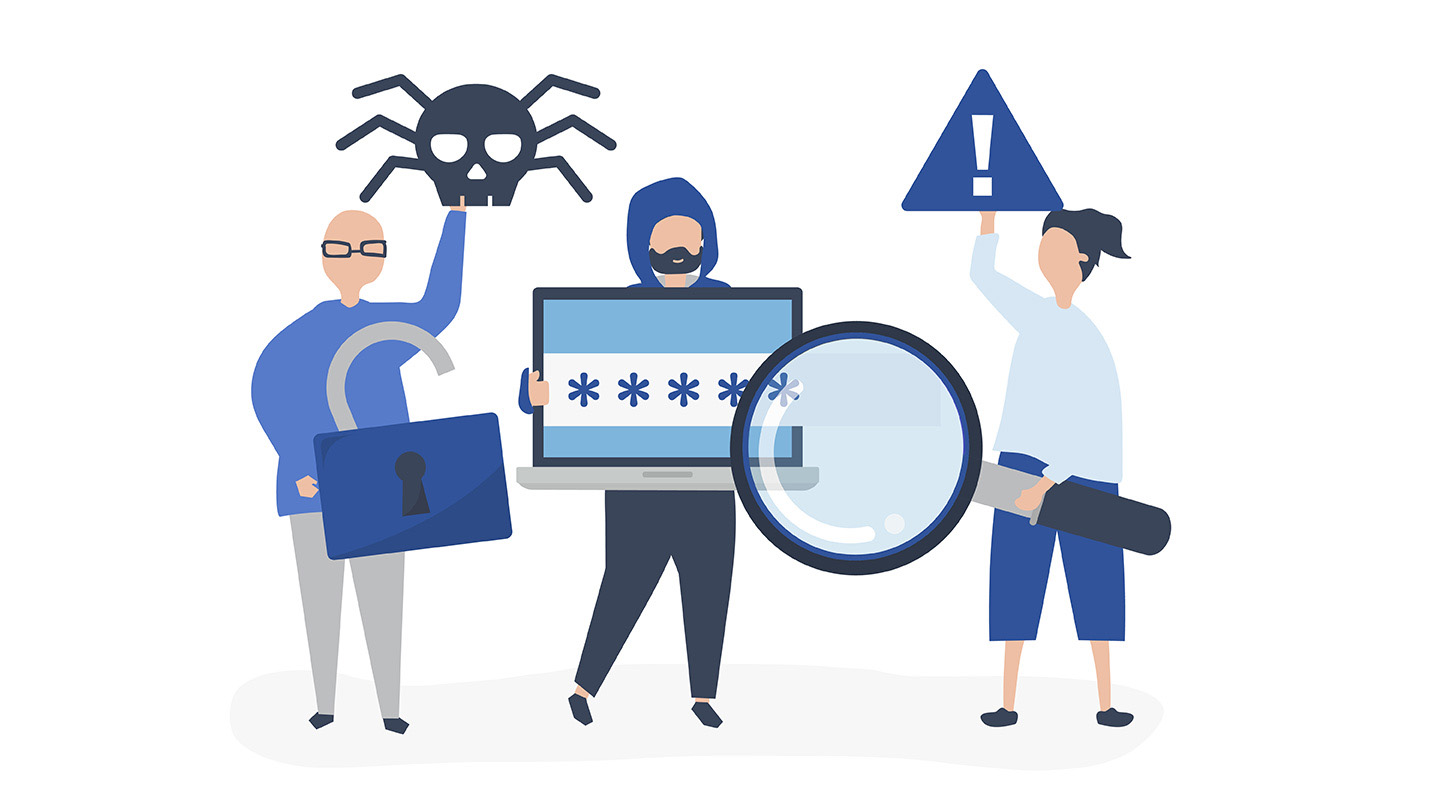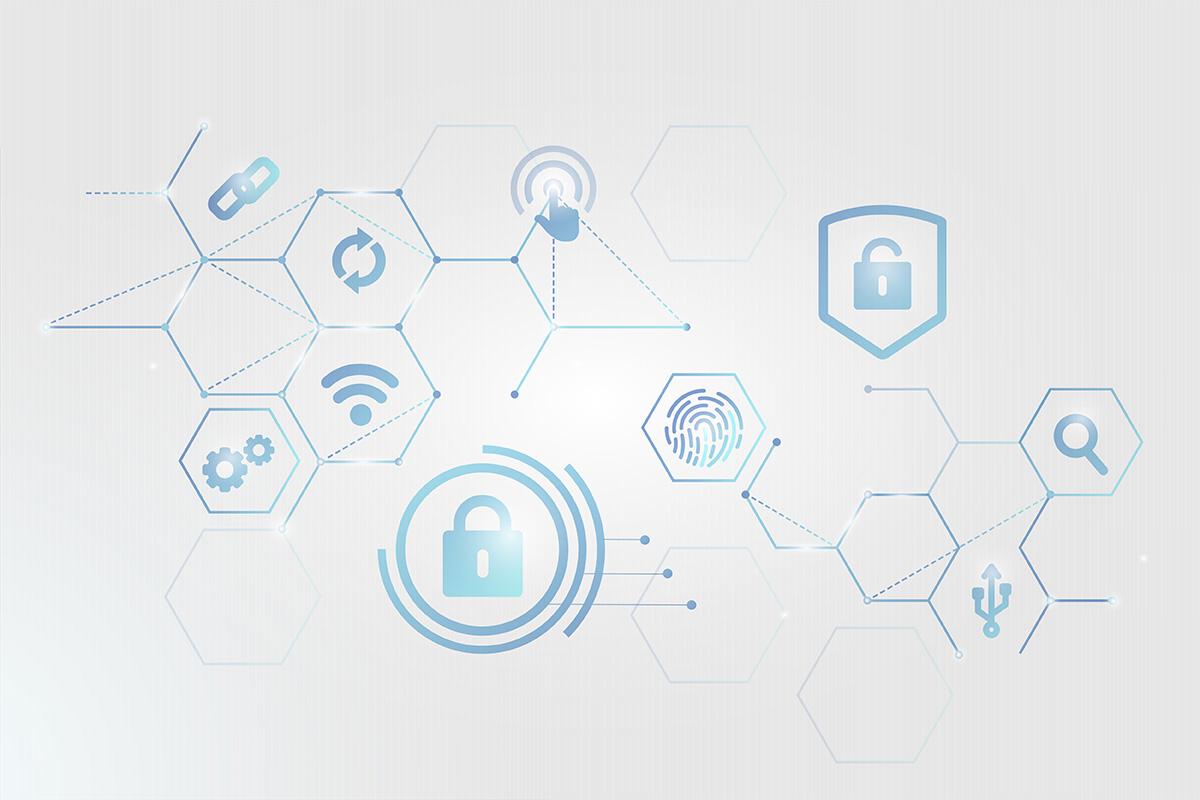Cyber Security Technologies for the Digital Age

Cyber Security Technologies for the Digital Age
Softwarium
Given the evolving nature of cyber-security threats, we can never let our guard down. It seems almost every day we hear news about a company being hacked or a new virus, malware, spyware, ransomware and other cyber threats. If you want your company to be defended, you have to implement the latest technologies and approaches. Let’s take a look at the first one.
Predictive Analytics
When we hear the term “Predictive Analytics” we usually do not think of cyber-security, however, making sense of all the information your IT department receives could be the key towards fending off cyber attackers. This involves taking all the information about known breaches, phishing and malware attacks and finding out what their tell-tale signs are. Think of it as any bank robber or any other human criminal. Once they struck the first time, their name is spread in the media to make it easy to spot them the next time.
The same concept applies to cyber security technologies. When one company is struck by the virus, it is reported by organizations like OWASP and others. This allows businesses to study the methods that hackers use and allows to identify their “signature” if they try to do it again. The most advanced cyber-security minds have now shifted away from a descriptive approach of preventing cyber attacks and started using predictive analytics.
One of the biggest advantages of such an approach is that it lets you take a proactive approach. Instead of sitting around waiting to be hacked, you can try to determine patterns and anomalies in real-time thus allowing you to fend off an attack or at least limit the damage. To exploit predictive analytics for digital security purposes, you will have to map out patterns within your own IT ecosystem, including the smallest of details so you will be able to investigate an issue right away before it escalates.
Handling Large Volumes of Information
One of the biggest issues with any cyber security technologies is finding the information you need out of the tidal wave of data you have coming in. Furthermore, the information might be arriving from different sources such as programs, databases, applications and devices which means that you will need powerful BI tools to synchronize all of these sources. The good news is that once you get such a tool in place, predictive analytics will be able to thrive in such a data-filled environment. The extent of information will allow the program to present you with a more complete and accurate picture.
Furthermore, such automation will alleviate a lot of work off the shoulders of your IT department since it will produce the needed insights quickly. Even though you will still need people who can interpret the findings, a lot of the hard work has been done automatically. The IT department will no longer have to waste time on queries and reporting and focus their efforts on identifying potential threats. As the systems getting more and more advanced, they will allow take action against the hazards they identified which means that you will be able to counter the attacking bots with ones of your own.
Making Sure Your Data is Secure
We mentioned above how companies have lots of data coming in and they need to make sense of it to identify cyber threats. One of the ways organizations do this is by creating an enterprise data warehouse (EDW) that stores and organizes the information for further analysis. However, securing the EDW is also a challenge. If you have a large warehouse, it will be accessed by hundreds maybe even thousands of employees from all over the world for analytics, business intelligence, data mining and other purposes. Therefore, organizations will have to find a balance between offering their employees access to the data warehouse without sacrificing security in the process.
There are several ways to solve this problem from the technological perspective:

Data Encryption
This is one of the most important security measures that need to be in place to prevent data theft. Your data should be encrypted with algorithms such as Advanced Encryption Standard (AES) or the FIPS 140-2. While some critics might contend that by encrypting the data you are slowing down the data warehouse speed, but, in today’s day and age, it is necessary given the number of threats out there.
Data Segmentation and Partitioning
In addition to encrypting your data, you should also segment and partition your data. This involves categorizing your information into sensitive and non-sensitive. As soon as this process is complete, the sensitive data should be encrypted and placed into a separate table ready for consumption.
Securing the Data in Transit
While it might be a challenge to secure data that is in one place, it will be even more difficult when it is on the move. This means that the data is being sent back and forth between the transactional database and the EDW in real-time. The transactional databases could be located anywhere around the world which means that you should use SSL and TSL protective protocols. Nowadays, cloud-based databases offer a high level of security as well as a reliable tunnel between cloud storage and the database.In addition to securing the database, it is also important to secure the front end of your application as well.
Securing the Front-end of the App
A lot of people think that web security is the responsibility of back-end developers and DevOps engineers. Even though user data will be stored in the back-end, that exact same information is pulled from the database and displayed in the front-end. This gives would-be hackers a great opportunity to steal it. While the battleground between cyber criminals and security teams has shifted to “underground” to the framework level, front-end developers still have to realize potential security vulnerabilities.Among one of the most common front-end security threats is cross-site scripting.

Broadened attack area
The number of operations, data and applications increases creating more possibilities for hackers and other scammers to induce damage to your business. It becomes much more problematic for cyber-security professionals to control the situation due to more possible breaches.
Once hackers get access to one of the companies systems, the potential threat for all the company's network arises. So the level of security in an organization is defined by its weakest point. The picture becomes even worse by implementing siloed security solutions that make the system less efficient.
High potential for losses
Today the potential of a data breach is higher than ever and data is gaining value for businesses in various industries. Additionally, ever more devices become internet-connected, which means they may be compromised.
Many of these devices are used in crucial processes and a crash of one of such processes could cause significant losses for the organization. Today we see even vehicles and hospital equipment connected to the global network. Just imagine possible casualties in the event of a hack in such a company. The more a business uses information technologies the more damaging and significant an attack could be.
Unrestrained corporate networks
Erenow companies used to work in restrained corporate networks with all IT tools inside. Some large companies and companies with very sensitive information do this even now. But most businesses today host their IT solutions in the cloud. Thus, these companies have uncontained networks connected to the public internet. Although such networks have the protection of information, the usage of IT tools creates an ability for hackers to break through the network's security.
Regular modification
Nowadays digital solutions boosted the speed of software updating that provides benefits as well as difficulties of data protection.
Faster changes make it much easier to hit weak spots in cyber security technologies. Cyber crime constantly improves its schemes that make companies to improve their cyber security technology accordingly.
Attacks became more sophisticated
Today cyber criminals resort to advanced techniques like AI making their attacks very sophisticated. Not every security professional can beat off such an attack. One of the most considerable problem is an attack using artificial intelligence known as a polymorphic attack. These types of attacks can shape itself not allowing traditional security systems to detect them.
Data Encryption
It is very important to encrypt all the information that is shared and stored. As hackers always improve their methods making them more and more sophisticated the data encryption will serve you as an additional level of protection.
Two-factor authentication
Times, when login and password were enough to make your data secured, are in the past. Nowadays, a password is considered as the weakest type of security. All we heard about countless cases of stolen password when social engineering or special software(called keyloggers) were used.
Information as a Weapon
To cause significant damage to a business, organization or even government cyber criminals and hackers publish stolen information on public display and information will continue to be used as a weapon against corporations, individuals and public entities. Are you still thinking why cyber security technologies are necessary for long-term safety?
Data manipulation instead of a regular theft
The new methodology of hackers is different from pure data theft and consists in attacking the integrity of data. Unlike habitual attacks, this one causes long-term losses and reputational damage.
Higher demand for security skills
Today many companies have realized that their current information security strategy is not satisfactory. This situation has been increasing the demand for cyber security expertise and the market is expecting it to continue the growth. It is also very important to ensure internal training and skill development inside the company.
Cyber Security Technologies in Internet-of-things (IoT)
With the arrival of 5G network, the amount of internet-connected devices that we use every day dashingly increases day by day. Hacking of networks of such devices is considered as one of the most dangerous types of cyber crime. It can harm individual people as well as companies, institutions and governments. As Internet-of-Things devices will be deeply integrated into our lives, societies and businesses it is becoming crucial to secure ourselves from threats that can come from where we expect assistance.
Regular security practices and policies have not yet overtaken by some of the very common products like “smart home” or “consumer wearables”. A threat may come even from an employee's HVAC system. Security gaps may cause to using voice recognition technology by malefactors, steal information and even conduct corporate espionage.
Consumer devices under attack
Ransomware is a threat concerning both small and large companies. An example of such an attack is the WannaCry attack that hit organizations all over the world. Today it is obvious that consumers will be attacked through a network of connected objects. And now we have frightening examples when toys designed to children targeted IoT devices.
Thus, cyber-security systems’ demands will include implementing of Zero-Trust security policy. It is a new approach to conduct cyber-security strategies that appeared with the spread of cloud services and requires to store each application in a separate container requesting also separate authentication for each one of them. This security principle allows organizations’ security strategies to meet the challenges of the modern digital world.
Traceless Hackers
Hackers are getting more and more organized which provides them with greater resources. Today some cyber crime gangs have their own call centers - we have already faced with something familiar in rascally dating platforms.
We can see that cyber criminals easily avoid proper punishment by basing in jurisdictions where their activities are barely considered as a crime by local law.
Attackers' skills to write tailored code will, unfortunately, develop quicker than the skill of security professionals to counteract or foresee it.
A small part of a Deep Web called DarkNet will not stop to be used by villains to shelter and cooperate with each other.
Sophistication of breaches
Cybercriminals will enhance their malevolent intentions by applying their malicious code in more non-obvious approaches.
We have already seen an inventive approach to increase the number of infected victims when ransomware turns its victims into attackers applying a pyramid chain. This cynical scheme allows the victim to get its files back undamaged and decrypted without paying a dollar in the case the sufferer makes the other two or more persons to install the virus and pay the ransom.
Insurance from Cyber Risks will become a popular option
This kind of insurance will be considered in the nearest future as a must-have part of sterling long-term risk management strategy. It is one of the latest solutions that emerged to meet the challenges of the industry that loses $600 billion annually due to cyber crimes.
The market requires plans that cover for losses of reputation and trust, loss of subsequent profits and unfavorable image in media and additional advancement costs to upgrade the cyber-security base.

New Positions are coming
Today we hear about some companies' Boards requiring to hire CCO (Chief Cybercrime Officer). That is a new job title that appeared after the latest data breaches and consists in day-to-day protection of company's information from various attack, preventing breaches and ensuring that the organization is cyber-ready.
We can make a conclusion that today the digital environment has very high requirements for businesses, organizations and even individuals regarding the protection of information. We highly recommend you to think about your business’ digital security and provide it with up-to-date cyber security technologies. Retrenchment on IT security today may cause imminent consequences tomorrow.
2065
Recent Posts
More blogs
Comments


